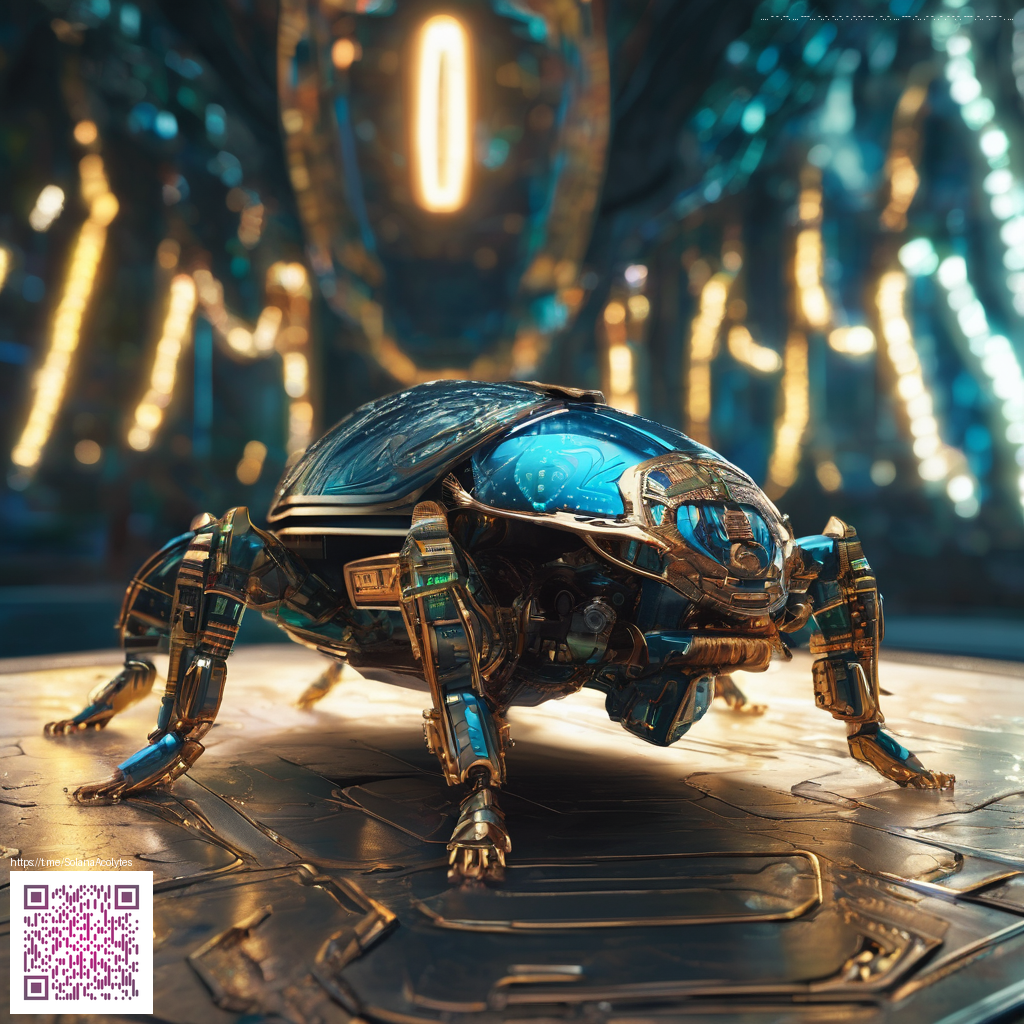
How Prison Architect Players Keep The Game Alive Today
Prison Architect has matured into a living, breathing sandbox where creativity, strategy, and community clash in dramatic fashion 🎮. From sprawling maximum security layouts to tight management simulations, players keep the experience fresh by sharing designs, tweaking balance, and pushing the limits of what a prison can be. The result is a vibrant ecosystem where new challenges emerge long after launch, a reminder that great games can outlive their original arc when the community takes the reins.
Gameplay analysis that fuels lasting interest
At its core, the game rewards experimentation with layout, workflow, and staff management. Everyday operations hinge on a delicate balance between inmate welfare, security, and budgetary constraints. Players chase efficiency through thoughtful cell design, optimized corridors, and smart distribution of utilities. The loop is simple to grasp but hard to master, inviting countless replays as new strategies surface with each run. This depth is precisely what keeps seasoned players returning for more — a loop that never feels exhausted, even after dozens of playthroughs 🔥.
Design decisions born from the game’s sandbox nature enable emergent stories. A single wing mismanaged can cascade into a prison-wide crisis, and the thrill comes from predicting, adapting, and surviving the unexpected. It is this tension between control and chaos that makes build challenges feel meaningful, and it explains why modders and map creators keep contributing new stages, scenarios, and constraints for the rest of the community to tackle 🕹️.
Community insights shaping ongoing life
The community around Prison Architect functions like a chorus of inventive voices. Players critique balance, propose new systems, and collaborate on ambitious projects. Steam Workshop and fan forums become hubs where designs are rated, remixed, and reimagined. Notable conversations revolve around getting the most out of space, power, and staff allocation, with players often sharing walkthroughs and tips that lower the barrier for newcomers. This culture of knowledge sharing is what keeps newcomers hooked while giving veterans a sense of mastery and achievement.
Two enduring themes stand out in community discussions. First, the art of scale — converting a simple facility into a sprawling campus with recurring security challenges. Second, the elegance of constraints — players intentionally restrict resources to test problem solving under pressure. When you combine these ideas with a steady stream of new user generated content, the game feels perpetually alive, even if no fresh official content drops in months 🚧.
Update coverage that respects the players’ creativity
Official patches and balance updates still arrive, but the real vitality comes from the community proposing fixes, tweaks, and enhancements that often outpace in house development timelines. Modders can experiment with new systems or quality of life tweaks, and the community benefits from an ecosystem that iterates quickly. This collaborative energy turns a traditional release into a long term platform where user input directly shapes ongoing viability. It is a testament to how flexible, well structured sandbox design invites continuous refinement from its own audience 🧠.
With an emphasis on accessibility and repeatable challenges, many players share scenarios that test moral and logistical decisions alike. These user crafted goals create fresh motivation and give both new and veteran players a reason to dive back in, map by map, scenario by scenario. The game becomes less about a fixed outcome and more about a living set of constraints that evolve as the community grows.
Modding culture that keeps the gears turning
Modding is the lifeblood of the title’s endurance. A thriving modding scene adds new wings, rooms, and mechanics that expand what players can do within the same core framework. A familiar example is a mod that adds extra rooms to the quick build menu, a quality of life enhancement that reduces tedium and accelerates experimentation. The beauty of modding lies in transforming constraints into fresh possibilities, letting players craft unique prisons that reflect their own storytelling and design sensibilities 🛠️.
Community tools enable rapid sharing and iteration, with builders trading notes on traffic flow, guard coverage, and inmate psychology. The result is an ever evolving playable space where no two prisons look alike. When a strong idea propagates through the community, it can spark a wave of fresh approaches that ripple across countless player campaigns, proving once again that the best updates can come from players themselves.
Developer commentary and a shared vision
Developers have consistently highlighted the sandbox ethos as a core strength. The emphasis on player creativity and experimentation invites a feedback loop where community input informs future work and keeps the game relevant long after its release. Acknowledging this dynamic, they have emphasized openness to mods and player driven innovation as integral to the game’s ongoing life. That mutual respect between creators and players helps shape a healthy, sustainable cycle of ideas and improvements 🎯.
To us, Prison Architect is a living project where players build, break, and rebuild. The sandbox invites curiosity and rewards thoughtful experimentation.
For players who crave more than a single campaign, this collaborative spirit is a powerful motivator. It means your favorite prison type can inspire a whole subculture, from survival challenges to elaborate role playing scenarios. The result is not just a game you play but a platform you help shape, with every new mod or map extending the life of your favorite title.
Want to carry a piece of your gaming life with you while you design? Check out the Neon Card Holder Phone Case MagSafe, a stylish companion for long sessions crafting the perfect cell block, patrol routes, and inmate psychology setups. It’s a small accessory that fits a big habit, giving you a durable home for your daily carry while you plan your next architectural masterpiece.
Neon Card Holder Phone Case MagSafe helps you stay organized during long workshop sessions and community builds alike